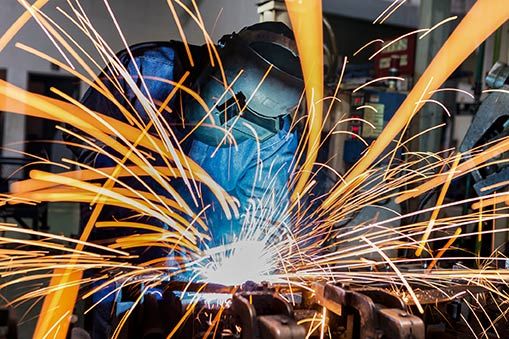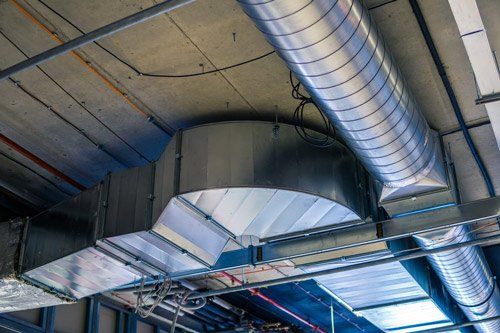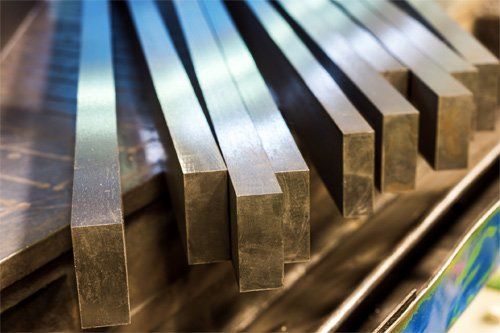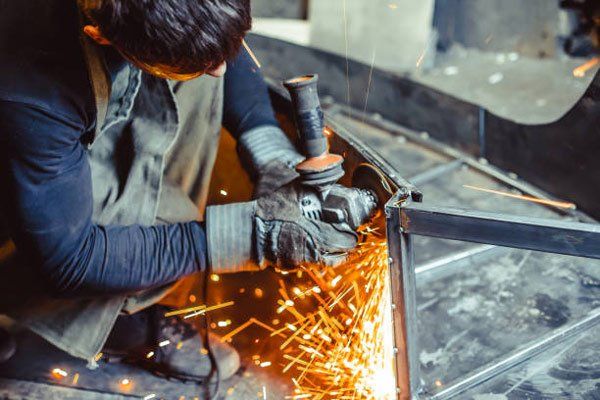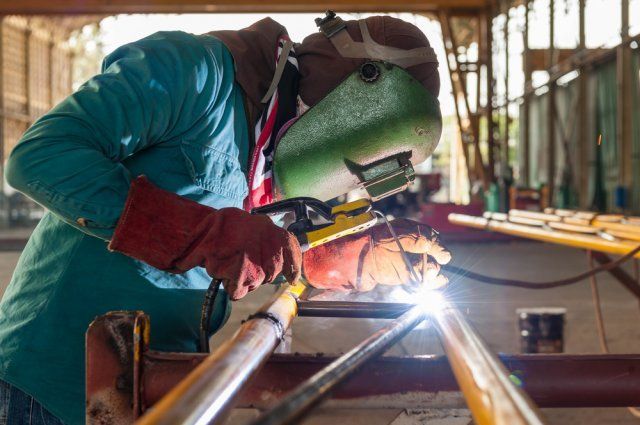A Beginner's Guide to SMAW and TIG Welding
- By Admin
- •
- 26 Feb, 2018
- •
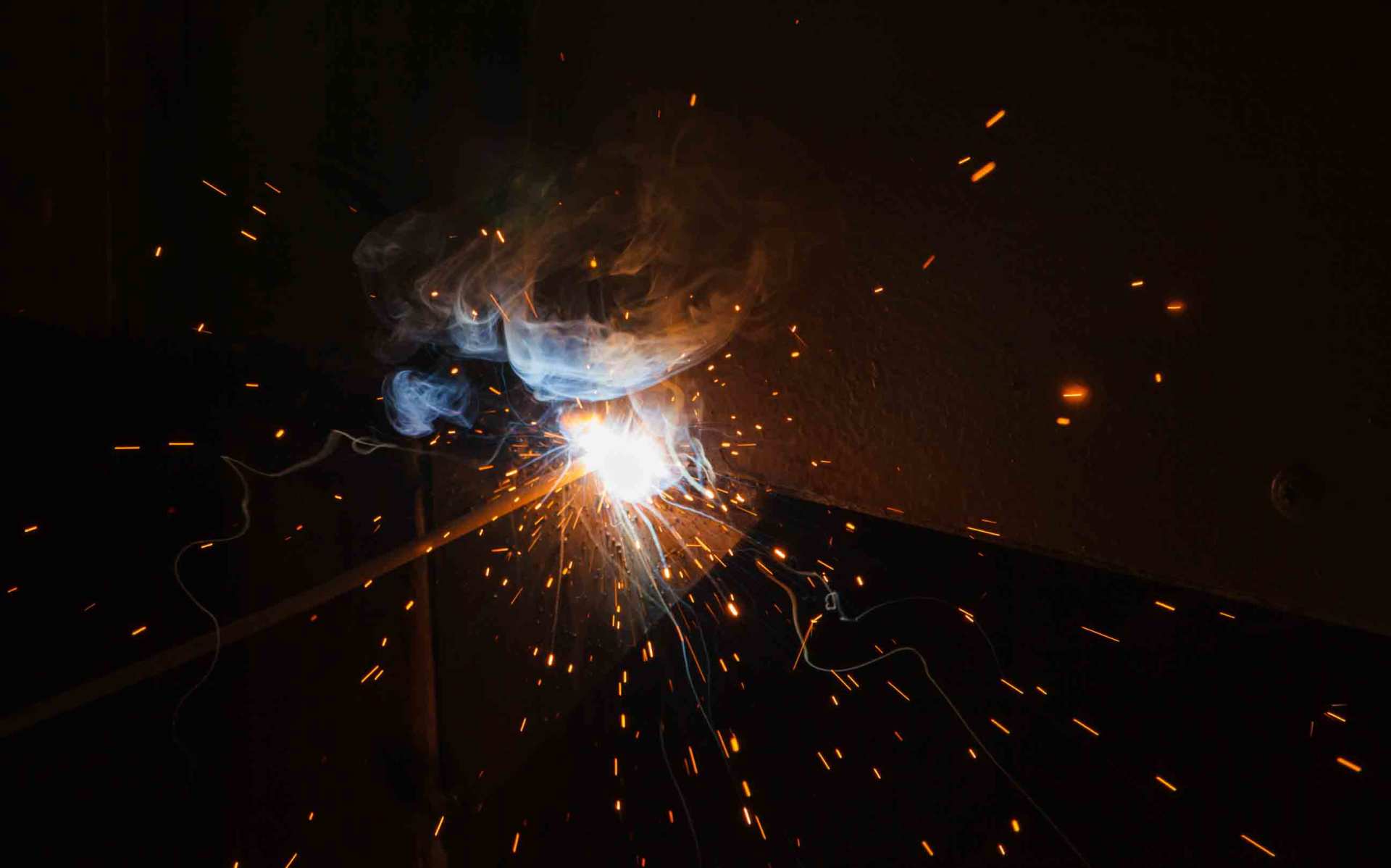
On the surface, the fundamental principle of welding is deceptively simple: high temperatures fuse together two or more pieces of metal. While this may be accurate in the most basic of terms, the actual art of welding remains much more complex. To get the strongest possible results, a welder must utilize the most appropriate welding method.
The range of welding techniques in use today remains beyond the understanding of most amateurs. If you would like to increase your appreciation of this surprisingly subtle art form, read on. This article will introduce you to two of the oldest and most widely used welding techniques: SMAW and TIG welding.
SMAW
The acronym SMAW stands for the phrase shielded metal arc welding. SMAW, which also goes by the names of stick and/or arc welding, represents welding at its most fundamental. SMAW delivers excellent results when used to weld metals such as iron and steel, but tends welders tend to avoid this method when working with metals like aluminum and copper.
The acronym SMAW stands for the phrase shielded metal arc welding. SMAW, which also goes by the names of stick and/or arc welding, represents welding at its most fundamental. SMAW delivers excellent results when used to weld metals such as iron and steel, but tends welders tend to avoid this method when working with metals like aluminum and copper.
Electricity lies at the heart of a stick welding system. This electricity, generated by a 225-volt AC welding machine, flows through wires to two leads, which clip to the weld. This effectively electrifies the base metal. The welder then moves the welding rod or electrode close to the metal.
As the proximity between electrode and metal grows closer, a sudden surge of electrical energy will leap between the two. The heat of this electrical arc acts to melt the electrode, which flows onto and fuses with the metal. SMAW projects can be differentiated based on a number of factors, such as the width of the electrode and the particular makeup of the flux that covers the electrode.
Flux plays an indispensable role in the stick welding process. It is a sacrificial substance, meant to burn off as the heat of the electrical arc melts the electrode. As the flux burns, it consumes any and all oxygen around the area of the weld. This generates carbon dioxide, which protects the base metal from the forces of oxidation, which would otherwise cause corrosion to set in.
In an age of more technically-sophisticated welding techniques, SMAW retains its relevance thanks to its simple yet highly effective nature. It remains especially prized as a welding method for outdoor work. The electrical arc at the heart of SMAW presents a high degree of wind resistance, meaning it can be used to complete welds in even the most inhospitable of conditions.
TIG
The acronym TIG stands for Tungsten Inert Gas. This welding method started in the 1940s. Whereas SMAW uses a coating of flux to protect the weld area from oxidation, TIG welding utilizes a special inert gas, most commonly argon. The presence of this gas effectively shields the weld area from all manner of problems related to atmospheric exposure.
The acronym TIG stands for Tungsten Inert Gas. This welding method started in the 1940s. Whereas SMAW uses a coating of flux to protect the weld area from oxidation, TIG welding utilizes a special inert gas, most commonly argon. The presence of this gas effectively shields the weld area from all manner of problems related to atmospheric exposure.
TIG welding allows welders to deliver especially high-quality welds, thanks in part to the shielded nature of the technique. Yet the quality of TIG welding also stems from the user's ability to carefully control the levels of heat that they apply to the weld area. A welder adjusts the heat level using a foot pedal attached to the setup.
Another benefit attached to TIG welding lies in its ability to weld metals which SMAW cannot handle very well. In addition to iron and steel, TIG welding retains a high degree of excellence when sued to weld things like nickel, brass, bronze, copper, magnesium, and aluminum. For this reason, TIG welding remains a popular choice in both the aerospace and the automotive industry.
Welding Experts
Welding remains a core part of the construction, manufacturing, and industrial landscapes. For more information about what it takes to ensure the best possible results when working with metal, please don't hesitate to contact the fabrication and welding experts at knowlton Industrial Steel Supply.
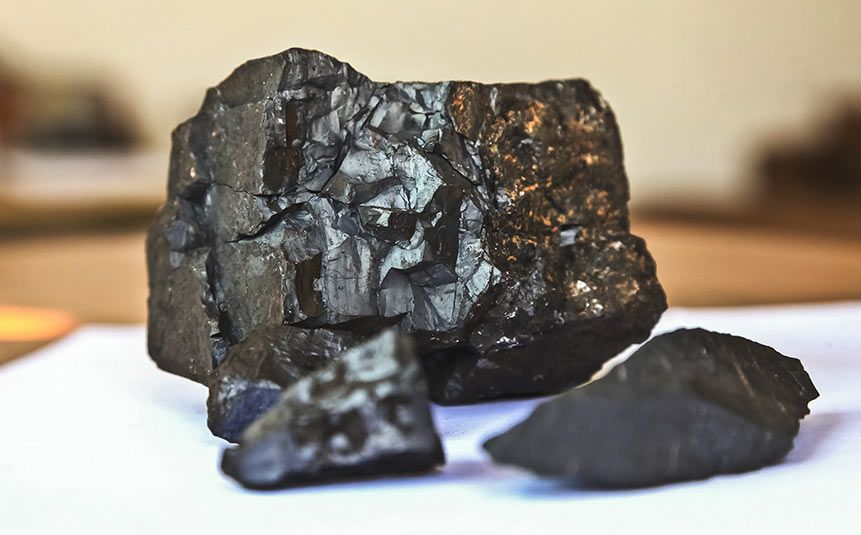
Steel holds an abundant place in the modern world. You can find steel anywhere from automobiles to high-rise buildings and industrial processing equipment. Many different types of steel exist, each of them being a slightly different alloy with iron as its base metal. Manufacturers then add other elements to boost the overall performance of the hardened steel.
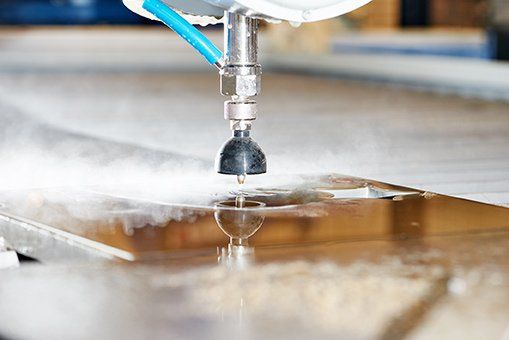
When you need to manufacture small or otherwise precise parts and tools, you face a wealth of options. Water jetting is a relatively new but increasingly popular choice among businesses, particularly if you work with dense or heat sensitive materials. Consider the following information about water jetting as you plan and design your components and the tools needed to work with them.
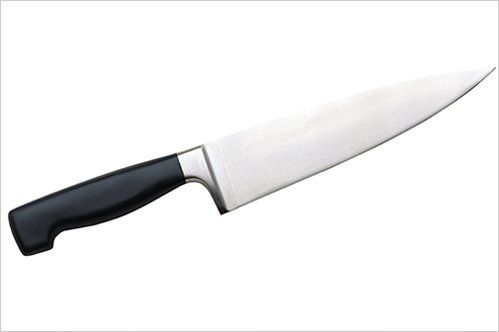
While knife and blade making is a skill many might associate with an era long gone by, it's one of the hottest growing DIY trends. Whether you want to simply use grinding tools to cut and polish a knife or feel ready to go all out with a forge and an anvil, you need the right kind of steel to get good results.

